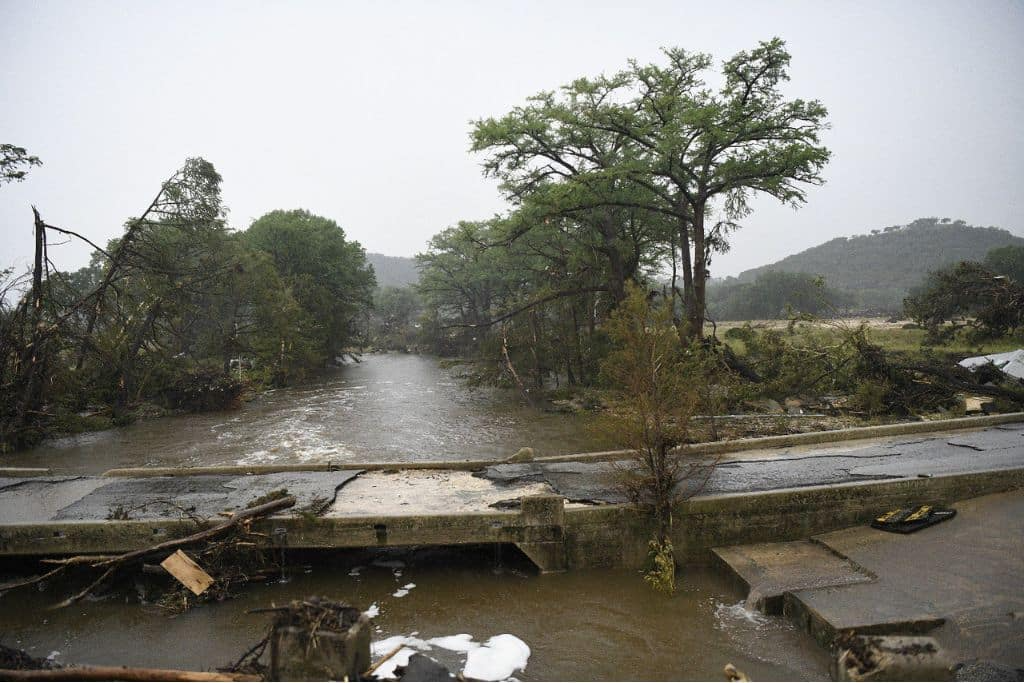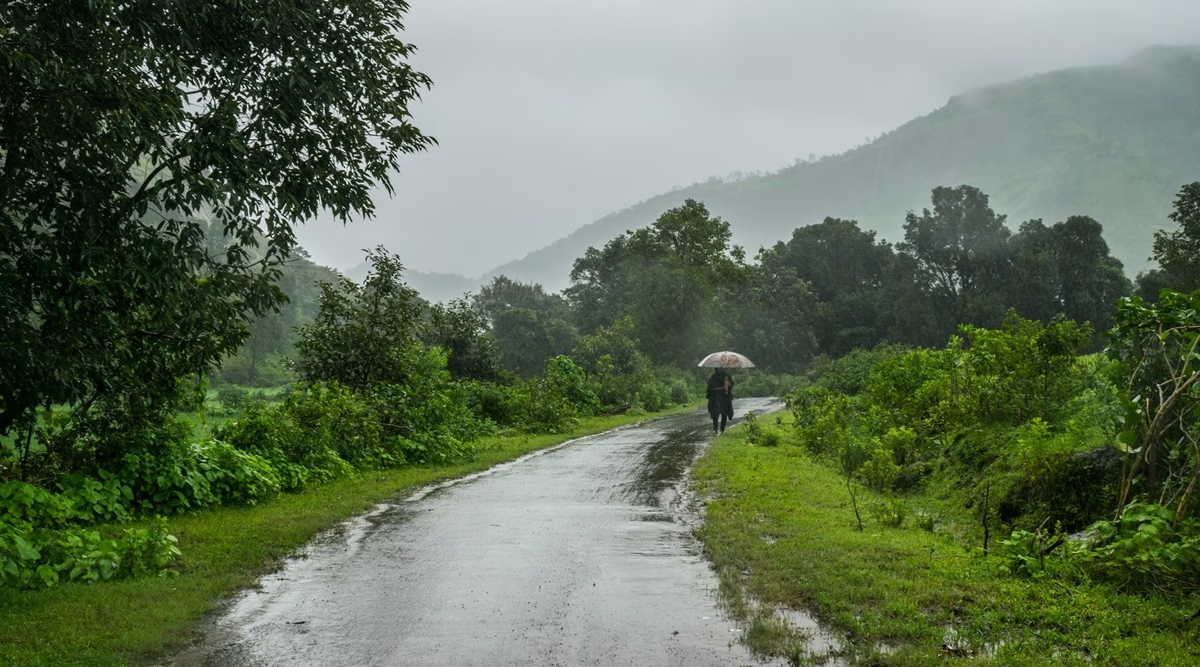Texas floods amplified by climate
Climate Change Supercharges Texas Flooding A Deep Dive into Causes, Impacts, and Future Risks
1. When Storms Turn Catastrophic Texas' Climate Reality
In recent years, Texas has endured a relentless onslaught of extreme weather events that increasingly exceed historical norms. These aren’t isolated incidents of rainfall; rather, they are catastrophic downpours that dump astonishing volumes of water in short time frames. The state’s vulnerability was starkly highlighted during Tropical Storm Barry, when meteorologists recorded 1.8 trillion gallons roughly akin to 2.7 Lake Mexicos falling in just four hours. Though the event itself was powerful, it's the role of a warming climate that elevates this from disaster to crisis. The atmosphere’s enhanced capacity to hold moisture, combined with increased sea surface temperatures, sets the stage for unprecedented deluge.
2. Science Behind the Overflow The Warming Connection
At the heart of this escalating rainfall is a simple formula warmer air holds more water. Each degree Celsius of atmospheric warming driven by human greenhouse gas emissions enables air to carry approximately 7% more moisture. When storms draw from these saturated air masses, Texas receives not just normal rain, but supercharged downpours. Additionally, increased temperatures in the Gulf of Mexico provide fuel for intensification. The result slower moving systems like Barry linger longer, unleashing devastating floods. Texas’s unique geography flat coastal plains funneling heavy rainfall inward then compounds the impact, overwhelming drainage systems and waterways.
3. Widespread Impacts From Cities to Farmlands
The consequences are far reaching. Urban centers, like Houston, face catastrophic flooding when storms swamp drainage systems and rivers overflow. Roads become unpassable, homes are inundated, and emergency services scramble under waterlogged conditions. Beyond cities, rural regions and farmland feel the effects fields designed for seasonal rains are eroded, livestock displaced, and planting cycles derailed. Natural buffers, like forests and wetlands, are often already stressed by urban expansion, reducing their ability to absorb water. This convergence of weather extremes, human development, and environmental degradation transforms seasonal storms into economic and ecological calamities.
4. Human Toll Lives Altered Forever
Beyond measurements and maps, the human cost of Texas floods is profound. Families lose possessions, displacement becomes a reality, and the emotional toll of rebuilding, replaying memories of water lines, soaked possessions, endless cleanup, and persistent anxiety weighs heavily. Vulnerable populations those with limited financial resources or mobility bear the brunt, especially children, the elderly, and communities of color located in low lying, flood prone zones. Mental health impacts escalate trauma, depression, and anxiety spike post flood, compounding the tragedy of loss. For many, there’s no return to life as they knew it.
5. Infrastructure at a Crossroads
Texas's infrastructure is being tested like never before. Designed around historical climate profiles, cities and waterways now require aggressive reengineering. Flood control measures dams, drainage channels, levees are aging and under sized. Urban planners are scrambling to integrate climate sensitive design permeable pavements that allow water infiltration, “sponge city” green spaces that absorb runoff, and stormwater retention systems. Yet retrofitting existing infrastructure is expensive, complex, and slow. Policymakers and local governments face a choice continue patching legacy systems or invest upfront in durable adaptations tailored for high intensity rainfall.
6. Economic Consequences Beyond Rebuilding
Reconstruction after floods is just the tip of the iceberg for economic fallout. Insurance companies raise premiums or pull out of poorly mapped zones, making rebuilding cost prohibitive. Agriculture loses crop cycles affecting supply chains and market prices. Small businesses shutter during prolonged closures, labor productivity dives, and municipal budgets strain with emergency relief costs. Taxpayer dollars redirect toward rescue, clean up, and rebuilding, diverting funds from education, public health, and other priorities. The economic health of communities becomes as fragile as their physical infrastructure.
7. Adapting to the New Normal
The key to navigating Texas’s future lies in transformation, not reaction. Policies must require climate aware planning floodplain restrictions, clear zoning regulations, and investment in natural flood mitigation restored wetlands, riparian buffers, reforestation. Building codes can mandate elevated housing or waterproofed foundations in flood zones. Early warning systems and evacuation routes need bolstering, while public education campaigns on flood preparedness should be widespread and multilingual.
Furthermore, aligning urban development with hydrological realities such as discouraging construction over floodplains and encouraging pervious landscapes can reduce flood severity. Insurance reform and financial safety nets must account for long term climate risk, helping communities bounce back without risking bankruptcy. Public funding and private capital can coalesce around resilience bonds and green infrastructure projects.
8. Texas as a Model Leading Climate Resilience
Texas, often associated with oil and industry, also has the potential to be a climate resilience pioneer. The state’s universities, research centers, and municipal leaders can lead evidence based adaptation projects sensor networks for real time monitoring, flood modeling tied to land use planning, and pilot neighborhoods with integrated green and gray infrastructure. Collaboration with FEMA and federal agencies can fund large scale resilience corridors wetlands and floodways designed to hold and slow surge water.
On the policy stage, Texas can work with other Gulf states, like Louisiana and Mississippi, to planadaptive corridors, share best practices, and coordinate river basin strategies. Success in the Lone Star State could ripple across the U.S., showing how local action can fortify economies and protect human lives against a warming planet.
Final Reflection A Climate Challenge with Human Stakes
Texas’s amplified floods are more than data points they are harbingers of a harsher climate reality. Each flood, each broken levee, each displaced family underscores the urgent necessity for proactive adaptation. The question is no longer if scientists warned of this scenario, but if we will respond financing infrastructure reform, reshaping policy frameworks, and embedding resilience in every community. Texas has experienced the raw power of climate driven flooding. Now, it must embrace the resilience needed to withstand and thrive in a changing world.






 Indian Lab Develops Next Gen Energy Cells with 3x Battery Life
Indian Lab Develops Next Gen Energy Cells with 3x Battery Life  Stevens Point, Wisconsin, tests upgraded storm sirens as part of emergency system maintenance
Stevens Point, Wisconsin, tests upgraded storm sirens as part of emergency system maintenance  Skydiving record attempt planned
Skydiving record attempt planned  State Announces Free College Coaching Program for Underprivileged Students
State Announces Free College Coaching Program for Underprivileged Students  Bregman returns for Red Sox
Bregman returns for Red Sox